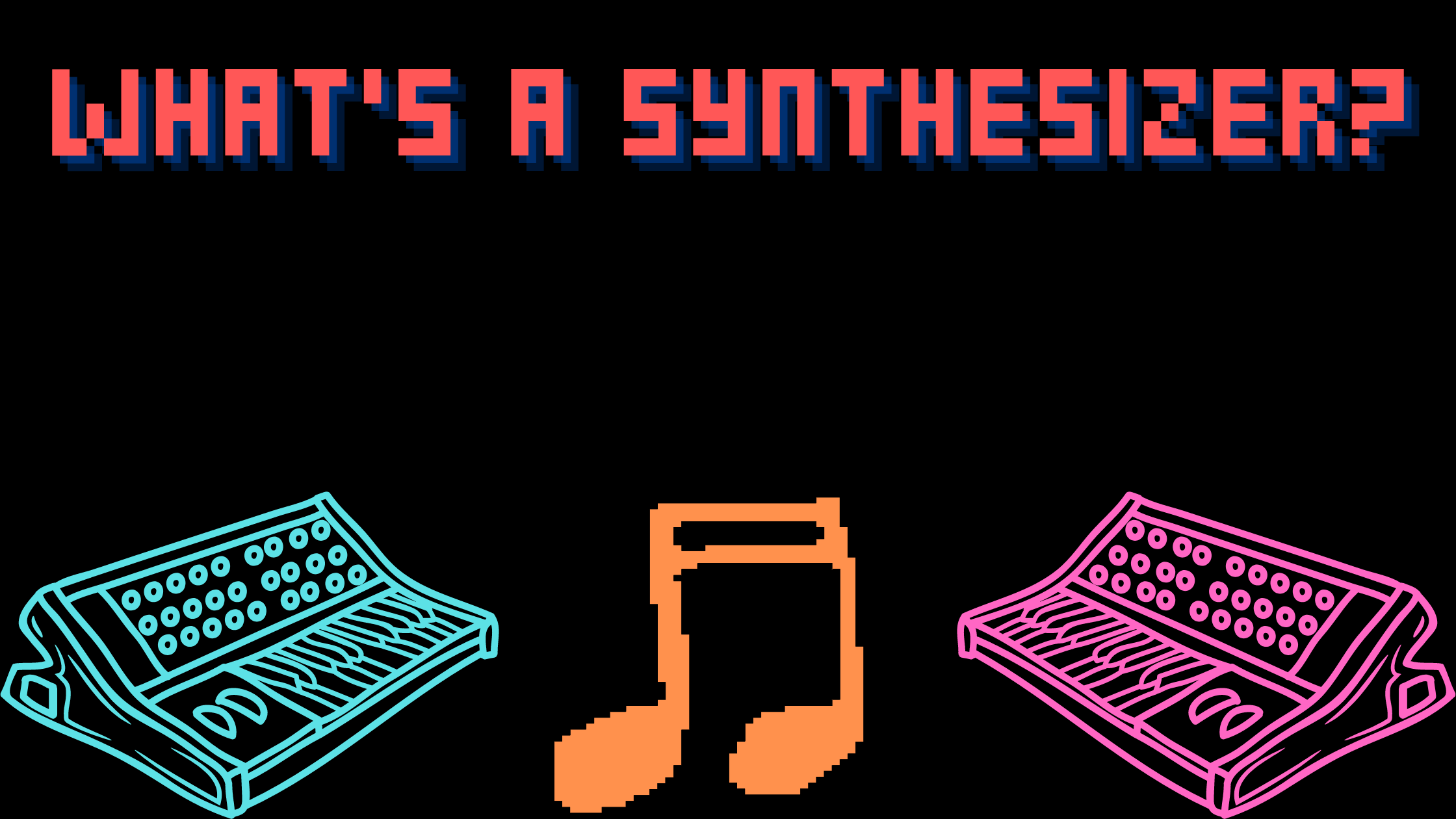Music has always had a healing effect for centuries. However, producing the best sound is never an easy task. In the past, it was only possible to create music through limited ways like striking or vibrating a string, as is the case with a cello, violin, piano, or guitar. The same was also achievable by striking taut objects like drums, xylophones, or marimba.
However, with the advancement in technology, the twentieth century provides different and unique methods for music production. Currently, traditional ways of producing sound are no longer being used. New instruments have emerged, with the popular family being the synthesizer. This is an instrument that’s capable of producing a variety of sounds using electrical signals.
Let’s expand a little bit and better understand what a synthesizer is, how it works, and its function in the music industry.
What Is a Synthesizer?
In simple terms, a synthesizer is an electrical instrument that can generate different sounds through electrical signals. A synthesizer can either use an analog or digital process to create and produce audible sounds. Like its name, a synthesizer artificially seeks to synthesize or reproduce different acoustic instrument sounds.
Nevertheless, a synthesizer emulating an acoustic instrument will never generate sound the same as an acoustic instrument. For example, most electrical synthesizers feature a setting labeled “piano,” meaning the device can produce a sound that evokes the 88-key classical piano. However, the difference is that the sound from the synthesizer is produced through a series of electrical tone generators. Basically, synthesizers don’t follow the physical process that makes the piano produce sound like striking tuned strings.
What’s the Origin?
Currently, synthesizers are highly advanced, most of them oriented within personal electrical gadgets like computers. However, this was never the case with their forebears, which took many forms. Let’s look at the origin of the synthesizer and how the instrument has evolved over the years.
In 1897 Thaddeus Cahill patented the Dynamophone
1928 saw the invention of the Theremin, which Leon Theremin patented. This was a contact-free synthesizer compromising electrical oscillators
In 1956, the RCA Electrical Music Synthesizer, also known as Mark I, was released
However, it was until 1970 that a significant breakthrough was experienced through the invention of the Minimoog by Robert Moog. His invention could produce different sounds through sine waves, square waves, and low-frequency oscillators. This instrument also went on to become the pillar of all synthesizers that came later.
By the 1980s, synthesizers had taken over pop music, with the most popular and ubiquitous model being the Yamaha DX7. It contained a piano-style keyboard and was reasonably lightweight compared to the previous instruments.
How Does It Work?
As earlier mentioned, synthesizers use electrical signals when mimicking a particular vibration created by acoustic instruments. Most current musicians have adapted the application of analog and digital VCOs (voltage-controlled oscillators). Through these instruments, musicians can easily produce or create sound through additive synthesis whereby different sine, sawtooth, and square waves are stacked on each other. They can also use the subtractive synthesis approach, where different filter series aid in removing frequencies from the sound waves.
The filter is programmed to filter out specific sound frequencies. Low pass filters will allow low frequencies to pass while blocking the higher frequencies, while higher filters will do the opposite. The filters can easily be set from the audio spectrum, thus blocking a particular frequency set while making it possible for the others to pass. A filter, therefore, acts as an extreme equalizer effect.
On the other hand, low-frequency oscillators generate electrical signals around 20Hz. These instruments are essential when it comes to producing a rhythmic effect, including tremolo, which varies from a sound wave. The volume can be manipulated using envelope filters that control the audio signals’ decay, sustain, attack, and release.
- Decay refers to the time taken for a signal to move from high to low levels, also known as sustained volume.
- On the other hand, sustain is the volume level that the sound will remain at until the release of the key.
- Attack refers to the time taken for an audio signal to reach its peak volume.
- The release is the amount a sound takes to move from sustain to absolute volume.
Why using them?
Contrary to traditional instruments, there aren’t lots of guidelines to abide by when learning how to use synths. Synthesizers help encourage musical experimentation. The device helps create sounds that are impossible to create using other musical instruments, whether leads, bass sounds, percussions, or even pads. They will undoubtedly change your musical experience and the way you approach making musical sounds – a reason why they are highly popular among many music producers and events.
Therefore, one of the primary reasons many people use synthesizers is to explore the instrument’s comprehensive option of sound design. Having the capability to create and produce unique patches is one thing musicians fancy, and all this is possible with a synthesizer. Synthesizers have also dominated the instrumental pallets, thanks to all-inclusive keyboard synthesizers like Korg, Yamaha, and Roland. These instruments can be found on significant concerts stage, as they can produce sounds that were solely reserved for most of the traditional instruments like drums and guitars.
Technology advancements have also made it possible to transform personal computers into synthesizers. This includes software libraries like Native Instruments, Ableton, Fruity Loops, East-West, and Logic.
What type of Music Makes use of Synths?
Almost all music genres use synthesizers in one way or another. However, the device has gained more popularity in electronic music. This includes genres like techno, EDM, trap, and house music. Before these genres came to be, synthesizers used to play a massive role in fusion, rock, jazz, hip-hop, and funk history. This shows how important this device has been to the musical industry over the years.
Conclusion
Synthesizers have taken the music industry to a whole new level. Therefore, if you’re a singer, songwriter, or dream of changing the world through music, you’ll need to understand how synthesizers work.

